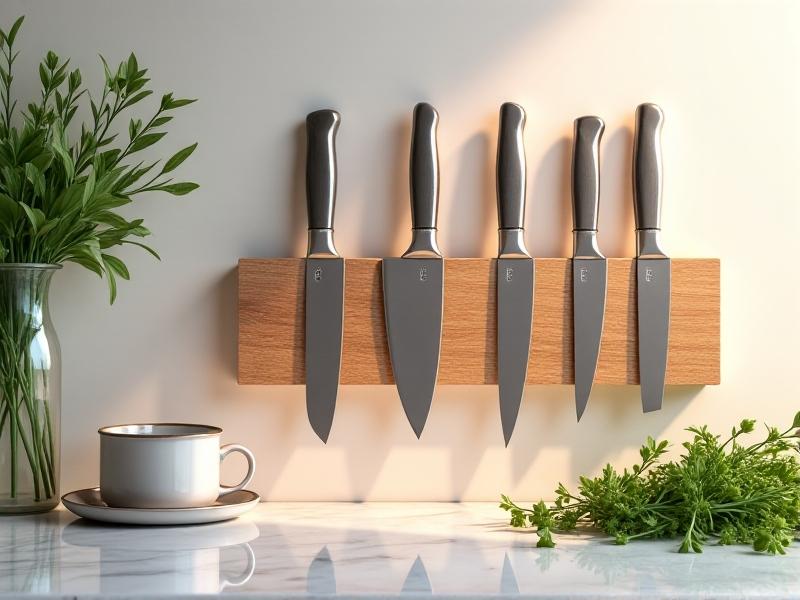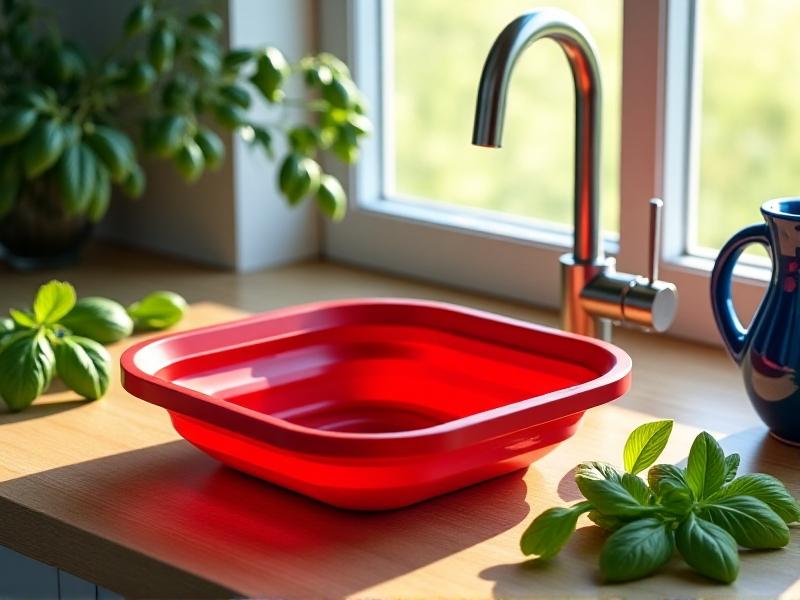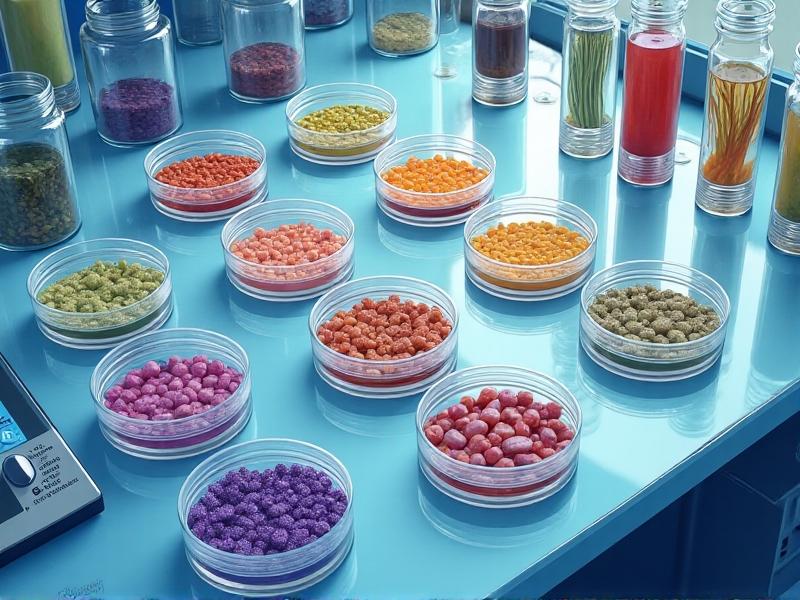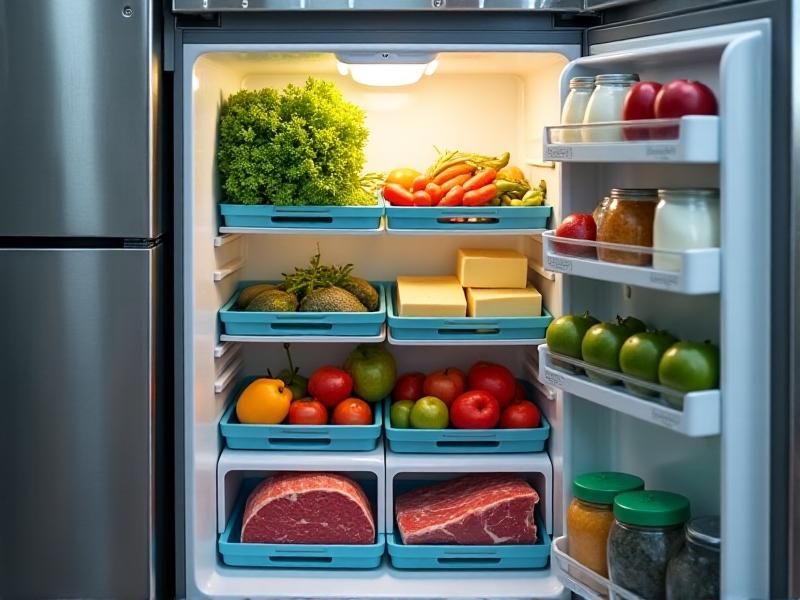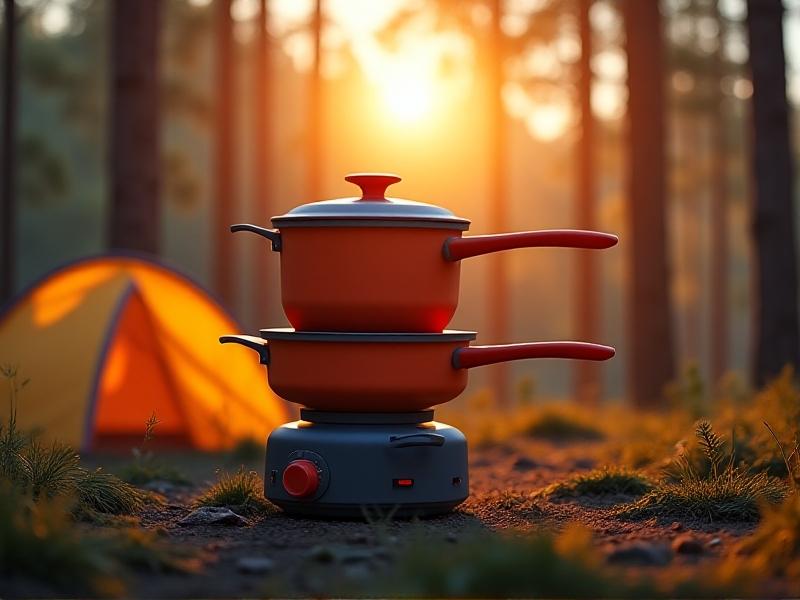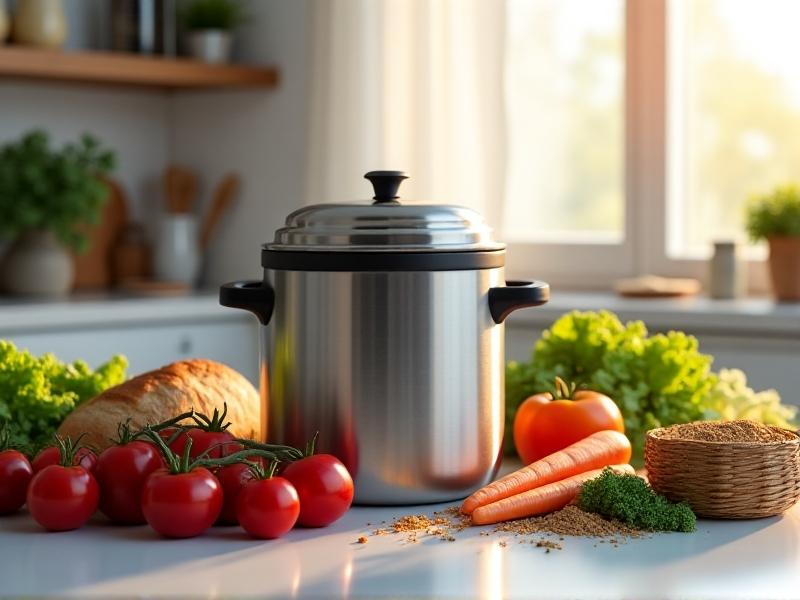Root Cellar Alternatives for Vans
The Challenge of Fresh Food Storage in Van Life
Traditional root cellars rely on consistent underground temperatures and humidity levels—conditions nearly impossible to replicate in a moving vehicle. Van dwellers face unique obstacles, including limited space, fluctuating temperatures, and energy constraints. Without a stationary, insulated space, preserving perishables like vegetables, fruits, or dairy becomes a daily puzzle. This section explores why conventional methods fall short and sets the stage for creative alternatives tailored to life on the road.
Portable Refrigeration: High-Tech Cooling on the Go
For those with reliable power systems, portable refrigerators offer a practical solution. Compressor-based models like Dometic CFX or Alpicool’s 12V units provide precise temperature control, rivaling home fridges. Their energy efficiency makes them ideal for solar-powered setups. Drawbacks include upfront costs and space requirements, but their durability and performance often justify the investment. This section compares top models, installation tips, and power management strategies to keep food fresh without draining your battery.
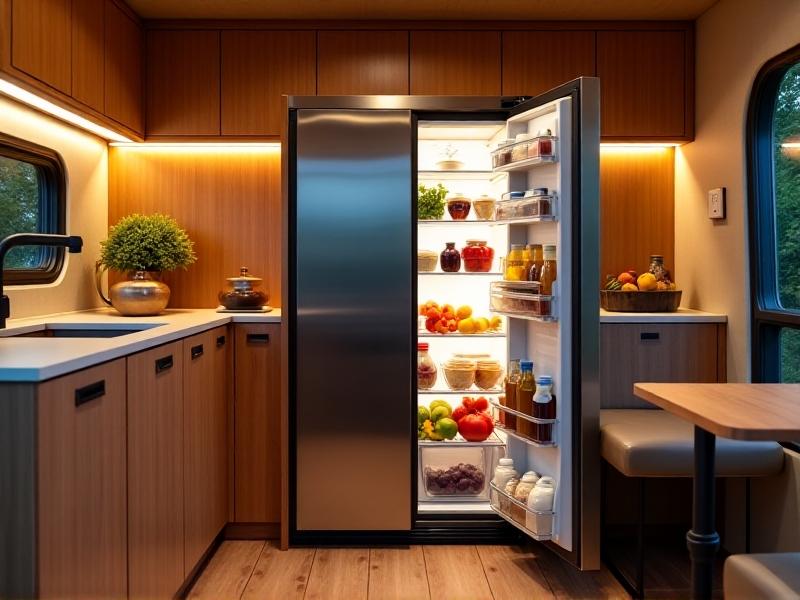
Passive Cooling: Harnessing Nature’s Efficiency
Passive methods leverage insulation, airflow, and thermal mass to slow spoilage. DIY coolers made from foam-lined boxes or clay pots (a nod to the traditional “zeer” pot) can extend freshness by 2–3 days. Strategic placement—such as storing items under shaded seating or near ventilation fans—reduces heat exposure. This section provides step-by-step guides for building evaporative cooling setups and selecting breathable storage containers that mimic root cellar humidity.
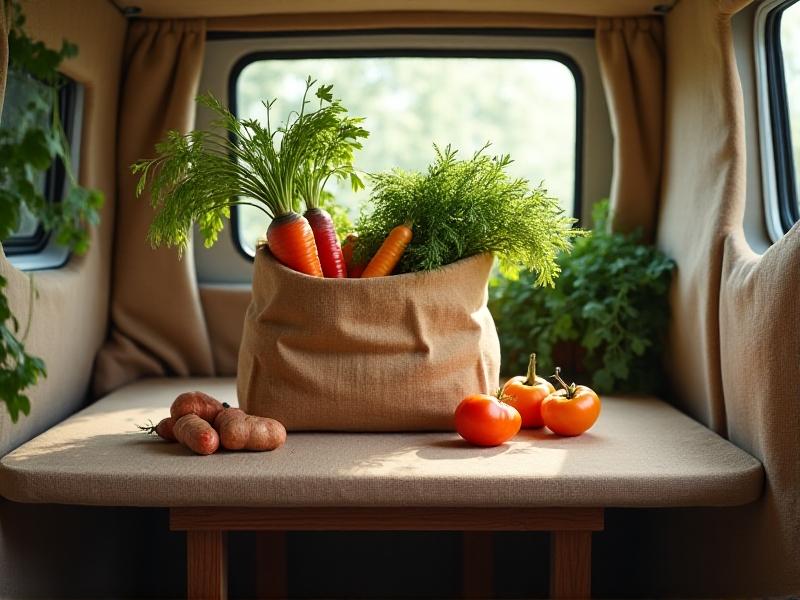
Ventilation Systems: Airflow as a Preservation Tool
Stagnant air accelerates mold growth and ethylene gas buildup. Installing roof vents like MaxxAir or Fantastic Fans ensures continuous airflow, wicking away moisture from stored goods. For stealth campers, discreet USB-powered fans or magnetic mesh window covers offer low-profile alternatives. Learn how to design cross-ventilation pathways and use humidity sensors to maintain an optimal 60–70% RH for produce like potatoes and onions.

Insulation Upgrades: Regulating Temperature Naturally
Proper insulation isn’t just for comfort—it creates microclimates for food storage. Spray foam or Thinsulate in walls and floors minimizes temperature swings. Pairing these with thermal curtains or Reflectix window covers blocks solar heat. This section details how to insulate storage nooks for specific items, like a dedicated “cold corner” for apples or a dark, insulated crate for garlic and squash.

Dried and Canned Goods: Time-Tested Alternatives
Reducing reliance on fresh produce simplifies storage. Dehydrators like Cosori or Excalibur turn fruits and veggies into lightweight, shelf-stable snacks. Pressure canning beans, soups, or meats in Mason jars provides ready-to-eat meals. Explore recipes optimized for van kitchens, from sun-dried tomato pasta mixes to canned chili, and learn to repurpose dashboard space as a solar food dehydrator.
Thermal Mass Techniques: Stability Through Materials
Water jugs, stone slabs, or even bags of rice act as thermal batteries, absorbing heat during the day and releasing it slowly at night. Positioning these near food storage areas dampens temperature fluctuations. This section explains how to calculate thermal mass needs based on climate and van size, plus DIY projects like a sand-filled base for vegetable crates.
Putting It All Together: Crafting Your Custom Solution
Most successful van lifers combine multiple strategies. Pair a 12V fridge for dairy with a passive cooler for root veggies. Use rooftop vents to complement insulated cabinets. This section offers flowcharts and checklists to balance energy use, space, and dietary needs. Interviews with full-time nomads reveal hybrid systems, like using a fridge in summer and switching to dried goods during winter off-grid months.
